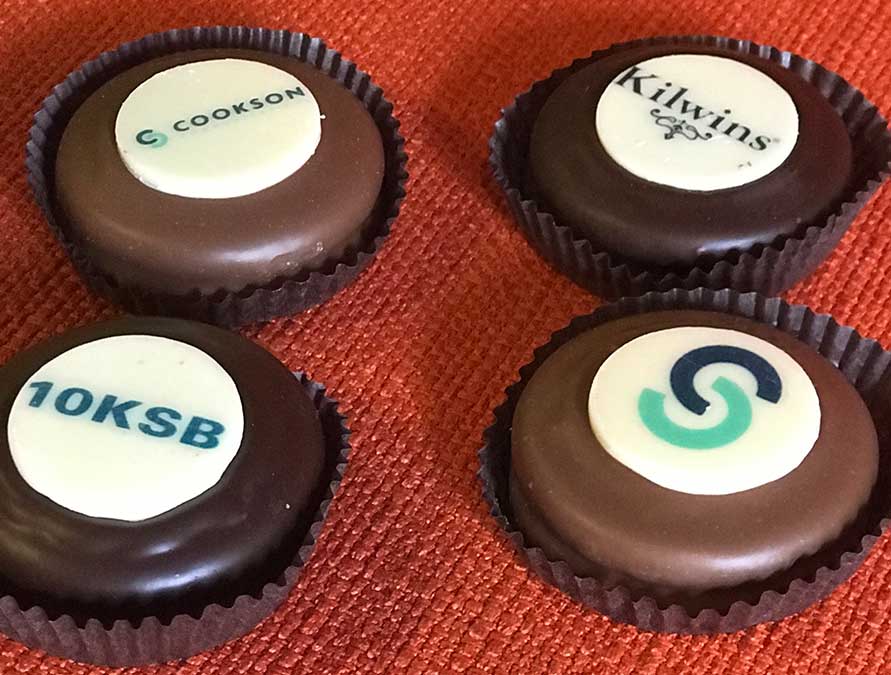
Cookson Communications’ CEO Matt Cookson talks about “getting out of your business to get into it”
The Goldman Sachs 10,000 Small Businesses program (10kSB for short) recently concluded week four with the first cohort from New Hampshire – a group of 37 small business owners.
As a member of this inaugural 12-week program and founder of Cookson Communications, I am sharing lessons learned in this bi-weekly column.
If you have time, go back and read Vol. 1. If not, here is a little background:
37 New Hampshire business owners were selected through a competitive process earlier this year and began this journey in March. This program focuses on helping 10,000 small business across the country to grow and create new jobs through an intensive hybrid learning curriculum. Small businesses are the backbone of our country and even more so in New Hampshire. As a result, nurturing and growing small businesses is a great investment and I am appreciative to be part of this program. The coursework was developed by Babson College and is being taught across the country by community college faculty. The Community College System of New Hampshire is implementing the program locally.
Getting out of your business to get into your business
I’ll hit the highlights of the program in this column, which ties into a statement made by one faculty member, who said: “You need to get out of your business to get into your business.” This resonated with many of us. What does this mean? In simple terms, you cannot have deep and significant conversations and working sessions on business planning if you are in your office dealing with the day-to-day work of addressing e-mails, answering staff questions and other often necessary onsite distractions that inhibit you from getting into your business. You need to step outside of it – physically.
After the first 2 weeks: getting your hand dirty
Since the last column, we have gone through four online sessions, some challenging homework assignments and a four-day, onsite intensive program.
Before coming together for those four days, we developed some groundwork for how we might grow our businesses. This included drafting our company history, developing a growth curve and describing a growth opportunity statement. After discussing our opportunity statements with each other, some of us tossed our statements out and started over, while others modified their statements based on valuable feedback from their classmates. We were organized by six-person growth groups, and then we dove in for nearly forty hours together.
In short, it was time to get our hands dirty.
Over those four days, we tackled subjects that included considering exit strategies, identifying customer pain points, defining customer and business development funnels, and crafting vision statements that feed into our growth strategies. The last exercise was particularly challenging because we had to draft a vision statement on our own, share this with our growth team, redraft it based on their feedback and then have each group select one statement – good or bad – to share with the entire group. I was the guinea pig in my group.
The feedback was highly useful in developing the latest version of my statement that is now in the hands of my staff to shred even more.

Checking egos at the door
Humility is checked at the door in this program and that is awesome. Think about spending forty hours out of your business to get into your business but having colleagues there who know nothing about you as resources. Scary? Yes. But massively valuable? Also, yes. Especially with a group that is not MBA-heavy and with several who got into small business not necessarily by design. Speaking for myself, as an English/Journalism major, running a business was not in my crystal ball. Yet after nearly nine years, I would not want to trade it in, nor would anyone in my growth group.
Completing the program: next steps
During the last few weeks of the program, we will work on nailing down our growth strategy, aligning it to a marketing plan and ensuring that it also aligns with our vision. It feels like we’ve moved into the next semester of our deep dive into Small Business Growth 2.0. With a solid curriculum and great faculty with extensive business acumen, this is the best thing I have done for my business in years. I could not have forced myself into self-teaching this through Google by being in my business every day. Getting out of your business to get into it is invaluable advice and having a cohort of people to take part in it is a great model.
Fitting all of this in may be a challenge, but I believe that’s what small businesses leaders do – get your hands dirty.







